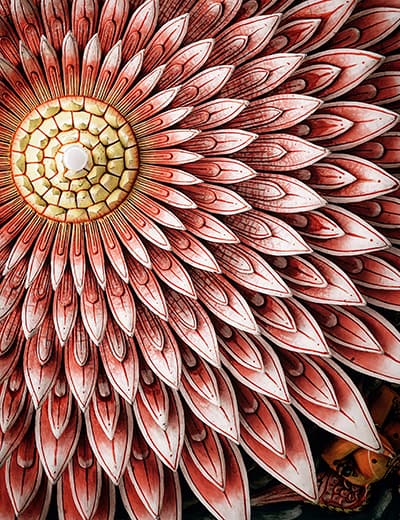
NARRATIVES
THE RUINS OF HAMPI
South India
Journeying alone in southern India, trying to fathom its vibrant yet simplistic rusticity, I was travelling through the wide open spaces of my own mind. I discovered a different side of myself. I was alone, but never lonely. I met some incredible people on the way. I rediscovered my own palate, my musical interests, rekindled my love for history. I saw how we humans are all so different yet so alike; how India, with its overwhelming presence, takes you on a path like no other.
On my long journey through India’s southern expanses, I went to this one small village nestled in the lap of a natural barrier of gigantic volcanic rocks and hillocks of the Deccan plateau, on the banks of the sacred river Tungabhadra. It was a tiny village of ancient ruins, called Hampi. This village that barely houses a few thousand people today was once the glorious bustling capital of one of the greatest South Indian empires, Vijayanagara, that ruled for several centuries and whose name translates to ‘the abode of victory’. The whole experience bared me to the fact that no glory, however splendid, ever lasts. This was no epiphany of any kind, but I did come face-to-face with time and nature’s unrivalled control over everything. History is just one of them. Glory is then confined to the ballads.
I decided to make this stop just to take a walk back in time. My kamalan pathfinder, who hails from the region, had told me some stories of the place. Legend has it that the founders of the empire were brothers and chose this region of the Deccan to establish their capital because they found that here “mice were chasing cats and cats were chasing dogs”. Although it is only a legend, it is still narrated to symbolize the act of the ruled chasing out and taking control of the rulers.
Armed with that knowledge of its history, I set foot into the tiny hamlet. The sprawling rocky landscape came into view as I approached the village. The first sight that welcomed me in its entirety at the centre of Hampi, after driving through many ruins, was the grand tower of the Virupaksha temple, dedicated to Lord Shiva. This temple was one among the handful of structures that still stood largely intact and was still in use. It was a bright sunny morning and the occasion was also special. It was the traditional start of the Kannada New Year based on the lunar calendar. Given the occasion, the temple was abuzz with activity. There were elaborate rituals being performed and lavish meals served. I decided to explore the sites nearby and come back to the temple later. About a kilometre from there were the ruins of the great market across a temple dedicated to Lord Krishna. I could imagine the bustle the market must have once seen. I was told stories about how heaps of precious gems, stones and pearls were sold by weight. The scale of ruins at Hampi made the grandeur of the Vijayanagara Empire quite palpable. They seemed to be deeply engrossed in an unending conversation with the surrounding protective landscape.


At one of the ruins, I met a Dutch couple who were travelling across southern India armed only with their cameras, back-packs and guide books. They were both physics students who had just graduated from university and were taking time off to explore new worlds. Although this wasn’t uncommon, what I found fascinating was the different ways people choose to travel and feed their curiosity. This couple, both of whom were photographers, was making this journey purely for the sake of photography. I instantly connected with them, having had some experience with cameras and photography back home in the US. The couple had been to several places in South India and had previously been to North India. On this journey they were exploring the World Heritage Sites all over the south. We spoke about photography, cameras, history, our journeys and shared contacts. It reminded me of how small technology had made the world. They showed me some of their photographs, but neither was interested in having their picture taken. Their argument was that a photographer’s lens should take the place of their eyes, so that their story is presented without the aberrations of their own image appearing in between. I had reservations on that argument, but made sure I wasn’t disrespectful when I expressed them.

We decided to visit the rest of the ruins together. The signature piece of the Vijayanagara sculpture and the culmination of their unmatched artistry was the Kallu Ratha or the ‘Stone Chariot’ within the walls of another Krishna temple. It was a marvellous piece of monolithic art. The intricacy of sculpture and the sheer elegance of the chariot are simply stunning. I realized that in India, the gods indeed live, dine and sleep in pomp. The most interesting feature of the trek from the temple was a tall three beam structure called 'the King’s Balance', where every year the king would distribute gold equalling his weight to the needy. I then wondered aloud – “Who wouldn’t want to live under a king like that? Gold given away and gems sold at throw-away prices? This indeed was a fairy-tale land.”
The trek culminated with the climb up the Matanga Hill which housed the ruins of a small temple dedicated to the goddess Shakti.
The hill offered a breathtaking view of a landscape strewn with enormous rocks and hills that look like little piles of pebbles from a distance. No wonder the founders chose this spectacular location for their capital. It would’ve taken days for an enemy to slither his armies through the hilly terrain to reach the city’s gates, giving the king enough time to muster the defence needed. This probably was the magical kingdom of the medieval age that people speak of – rich, prosperous, impregnable and headed by an able and generous royal family. My journey through Hampi along with my new co-travellers’ included a visit to the ruins of a grand palace, a step-well, a huge royal-pedestal and several other lofty areas offering spellbinding panoramas of the semi-arid landscape.



We ended the day with a visit to the Virupaksha temple in the evening. Being that it was a special occasion, I expected it to be teeming with people. But it wasn’t particularly crowded and we were on time for the evening meal that would be followed by a slew of cultural activities. One of the priest’s sons who had noticed us at the gates approached us and invited us to have a special meal. He ushered us into a chamber with several other people waiting to be served. The meal was a hearty traditional Kannada affair. The boy sat by us the whole time to tell us how and what to eat in what order. I, for one, was terribly moved by the hospitality shown by a nine-year-old, which made the meal even more special. After the delightful meal, we stayed to witness a line-up of classical music and dance performances. Throughout, I kept wondering how art, regardless of where it is from, never ceases to obtain a firm grip on one’s senses and leaves them in awe of the world around. My training in western music helped me relate more, in spite of the stark differences in styles of rendition.
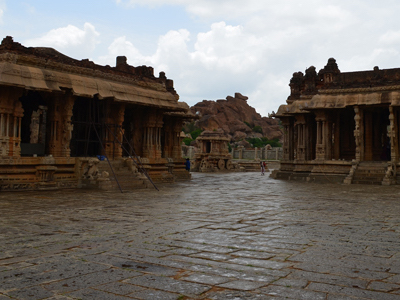
Of Vanaras and God-Kings: Tales of Hampi’s Ruins
Myth and legend are part of the fabric of the Indian subcontinent. Nowhere is this more apparent than in Hampi, the ruins...
Narrative • South India
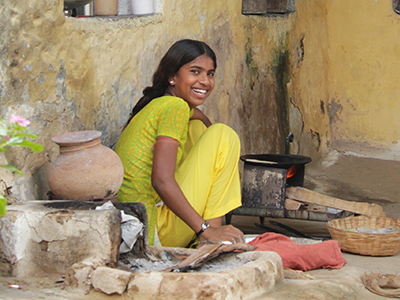
The Creator of Aroma
The warm fragrance wanders into the softly-lit morning street. It wafts from the kitchen, through the open door and...
Narrative • North India
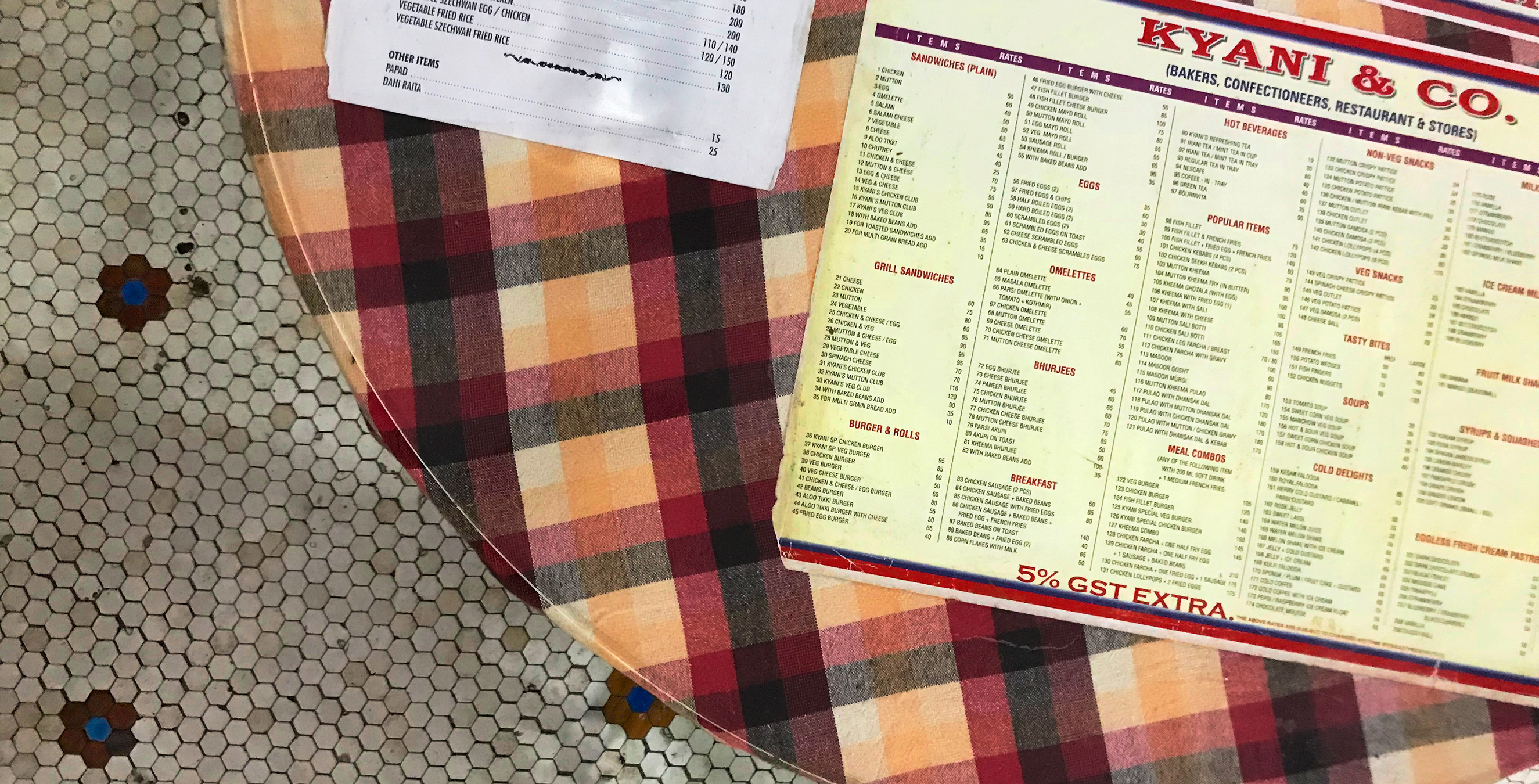
An Old-World Luminescence
Get a glimpse of the unique cuisine of the Parsi community, documented through the waning Parsi cafes that were once an integral part...
Behind-The-Scenes • West India
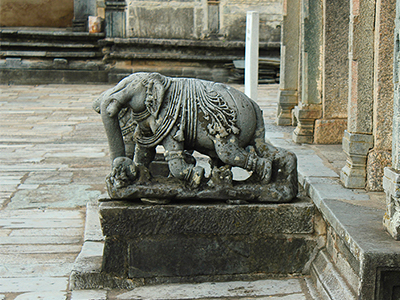
Where Stones Speak
This journey traces the legacies set in stone, of empires that ruled the Deccan across the classical and medieval periods of history...
Bespoke Journey • South India
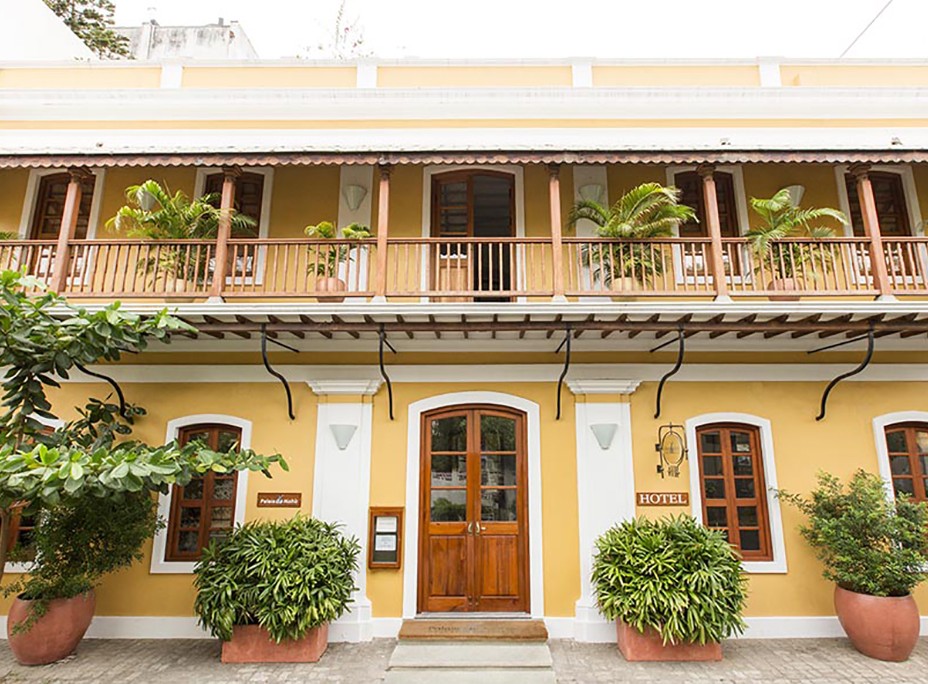
Palais De Mahe
The gentle rumbling of the sea beckons you towards worlds long lost – of palaces with high ceilings
Hotel Guide • South India
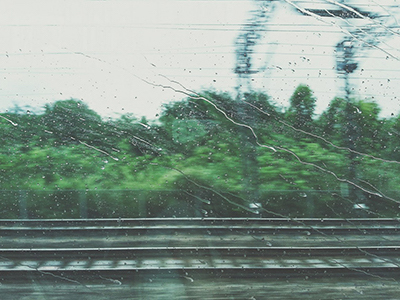
In Anticipation of Petrichor
Rain is happiness, rain is melancholy, rain is nostalgia. For Indians, it’s more than just these; it is a part of life...

